Milton Glaser
Milton Glaser, Mahalia Jackson 1967
Gallery Paragraph
With the pieces that i have chosen for the gallery, I think they go together very well. They’re all posters, most of them being about music. When looking at all of the posters, i was trying to find a common theme. The common theme with these specific ones is that they’re all very vibrant in color. You can very clearly see the choices in color were really thought out in order to get the message across and I love the ones from the late 60’s because the colors just go along with the time period, i believe. These works are also spread across the time span of about 15 years so you can really see his growth in designing and where he’s going next in relation to color and subject matter and whatnot. The pieces from the 60’s are different from the 80’s ones but it reads as almost a timeline, i believe.
Part 1
Milton Glaser was well known for his poster and print designs along with typography later on. Born in 1929, Glaser went to the High School of Music and Art along with an art academy in Italy. Afterwards he co-founded Pushpin Studios in 1954 along with creating New York magazine and established Milton Glaser, Inc. in 1974, as well as teaming with Walter Bernard in 1983 to form the publication design firm WBMG. His iconic work can be found in permanent collections in many museums. His work ranges from famous logos, such as “I (heart) NY”, that are known around the world. He has created so many different things that you see every day and I think it’s kind of crazy. I actually own a shirt that has the “I heart NY” on it. He contributed so much in the design world but also in the education world by writing many essays about graphic design along with speaking about it in interviews. His ways of design and typography have taken over and are seen in packaging, logos, signs etc. His work is very influential to all current graphic designers because you can still see bits and pieces of his ways of working around even when being created by someone different.
Part 2
- He didn’t work in one specific field in graphic design, he has many different styles of visual works.
- Glaser and the Pushpin artists worked on designing things using simplified images that could function as symbols and signs.
- He had a willingness to experiment with many different types of design which lead to some of the most famous designs today.
Sources:
http://www.moma.org/collection/artists/2188?=undefined&page=1
http://www.miltonglaser.com/milton/#1
http://www.britannica.com/biography/Milton-Glaser

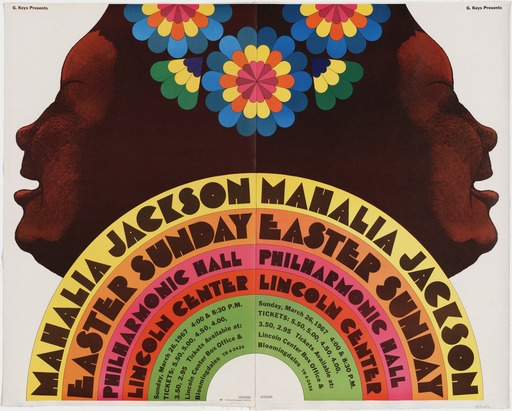

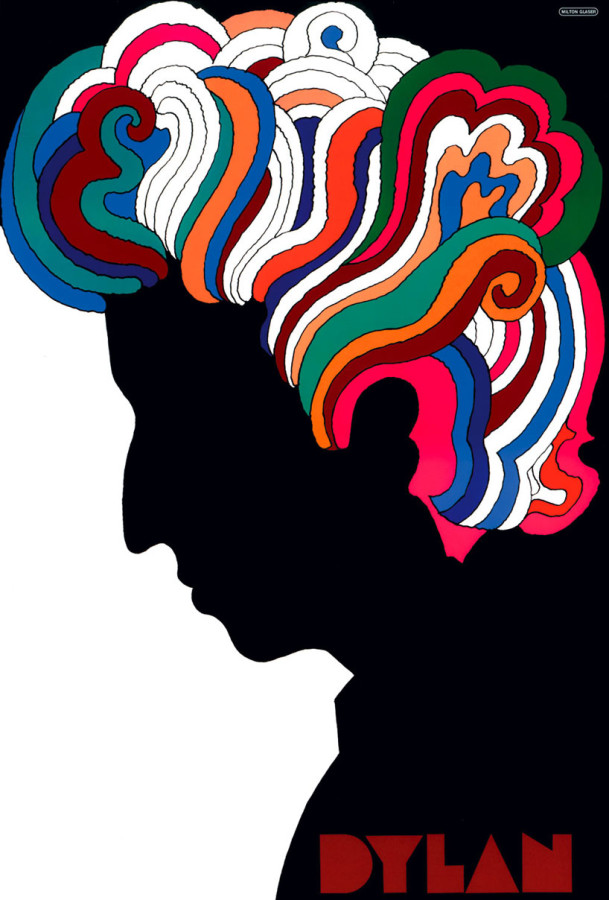

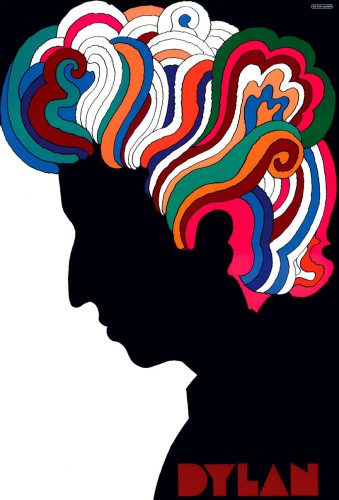
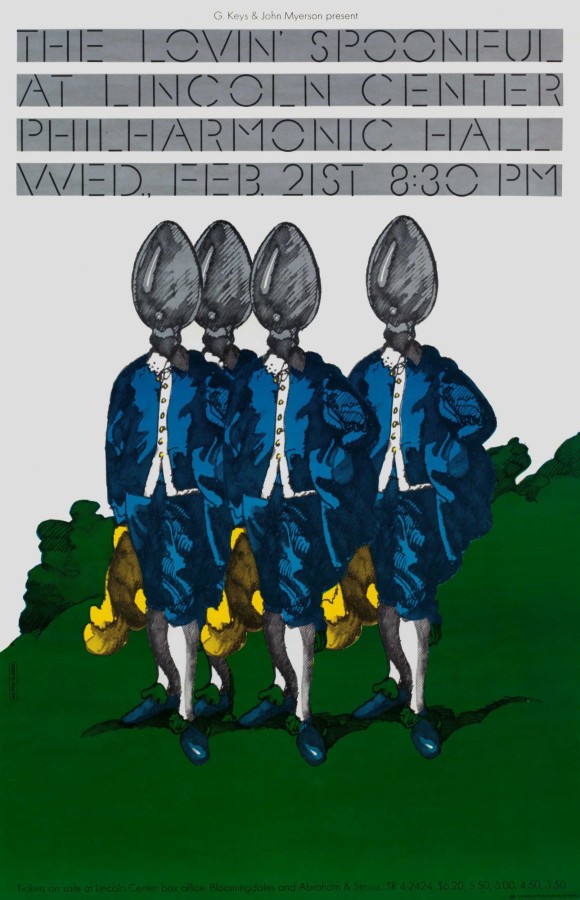

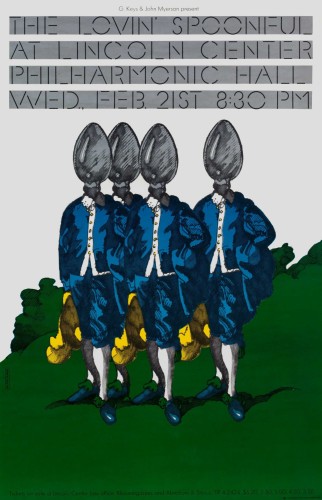
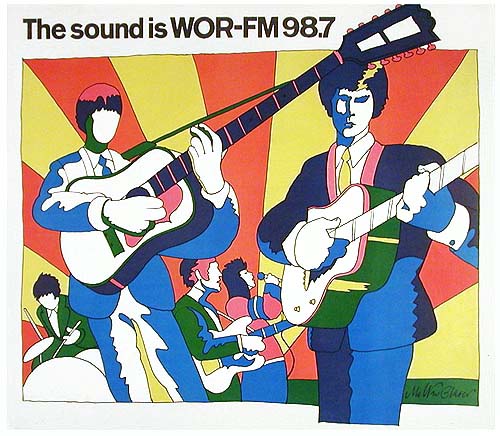

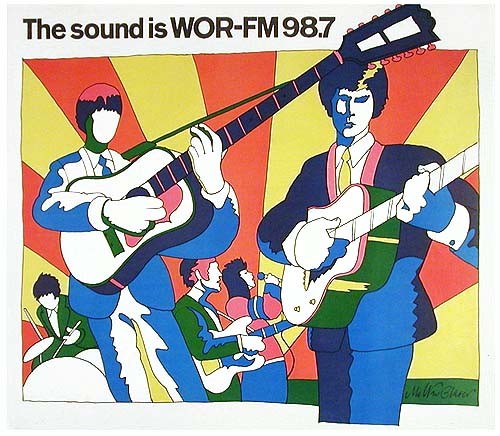
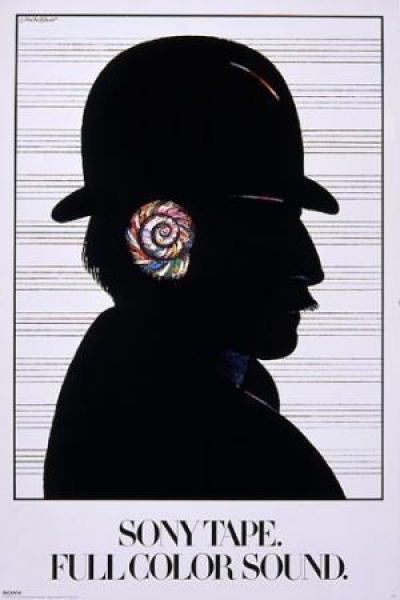

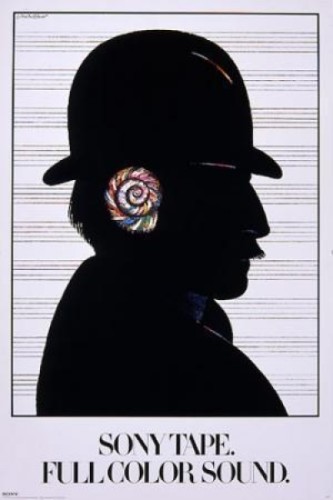
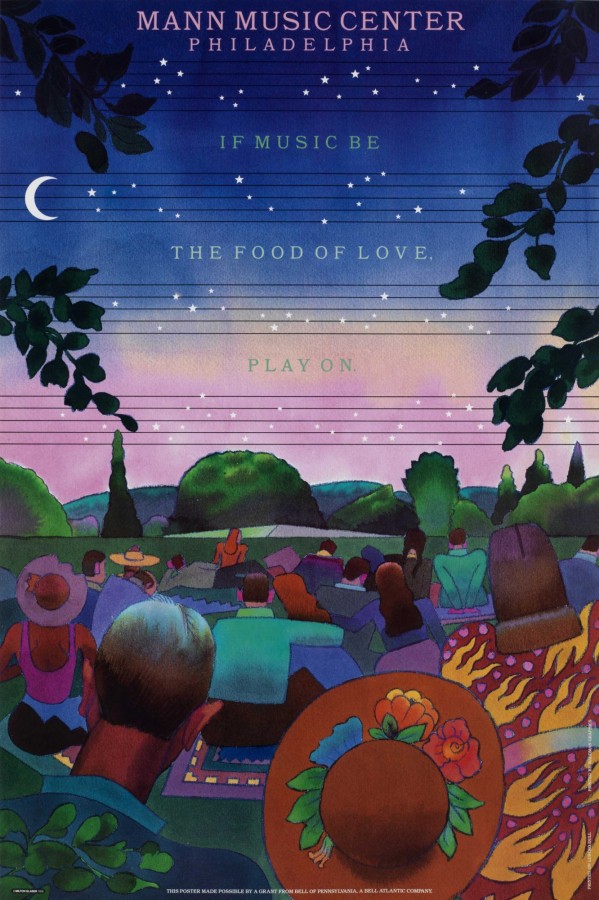

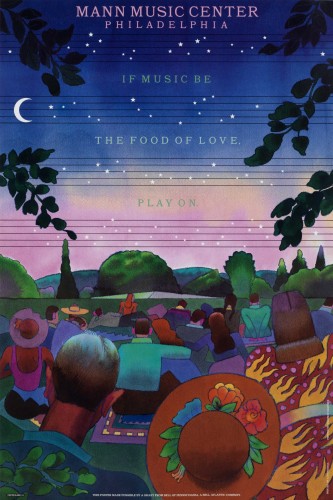
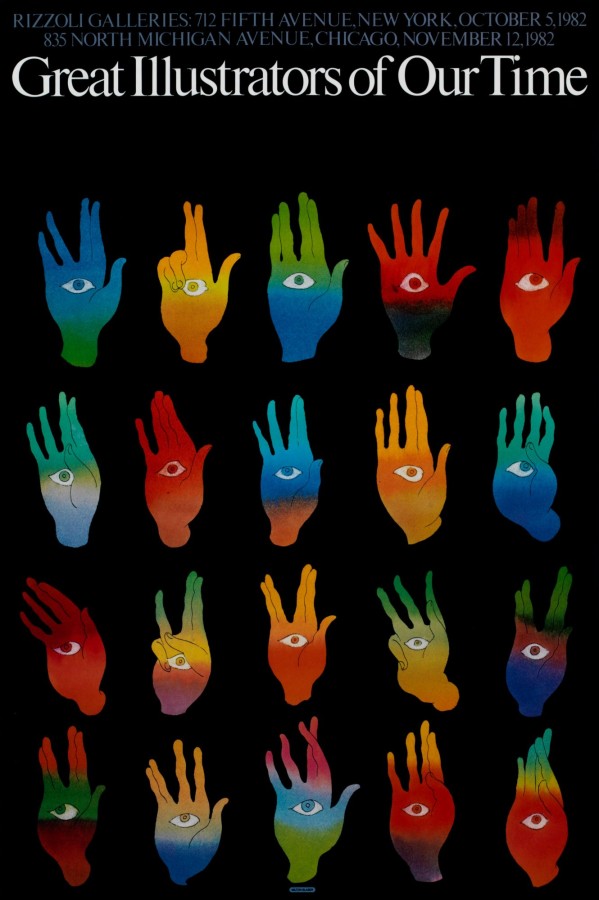

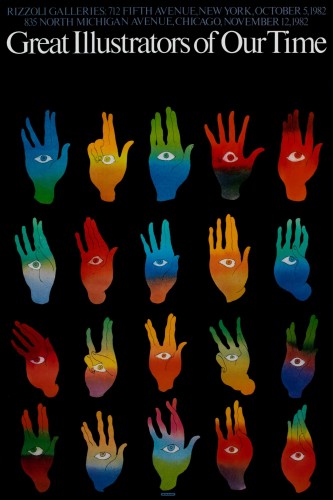





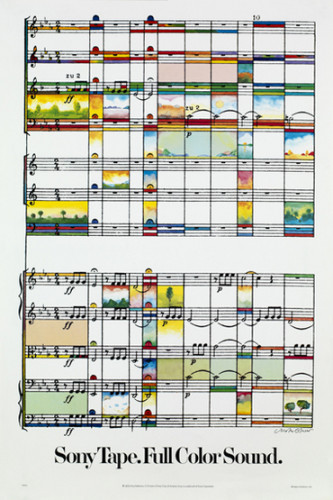
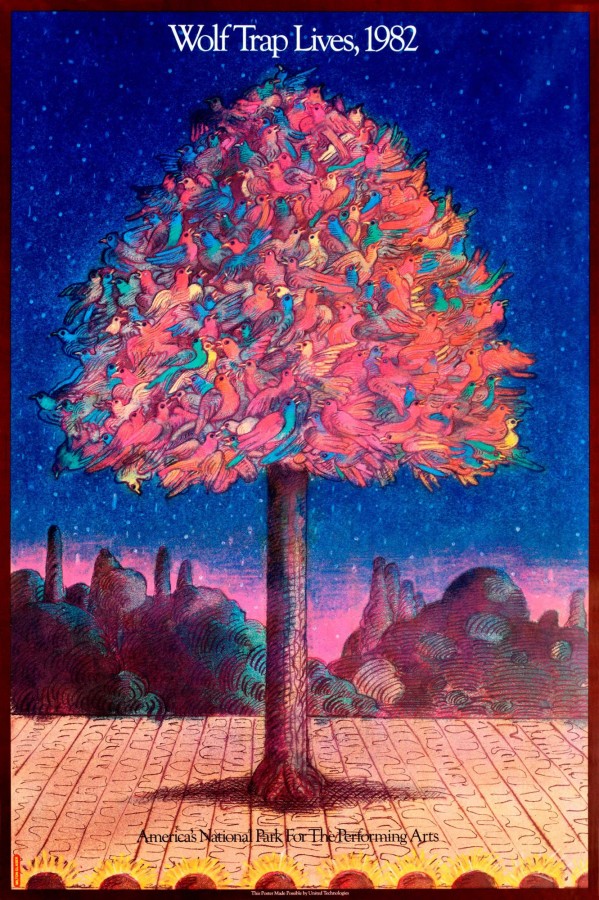

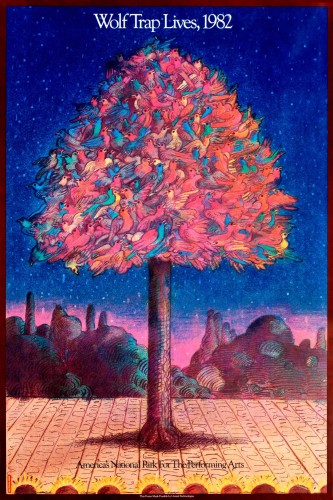

Leave a Reply
You must be logged in to post a comment.